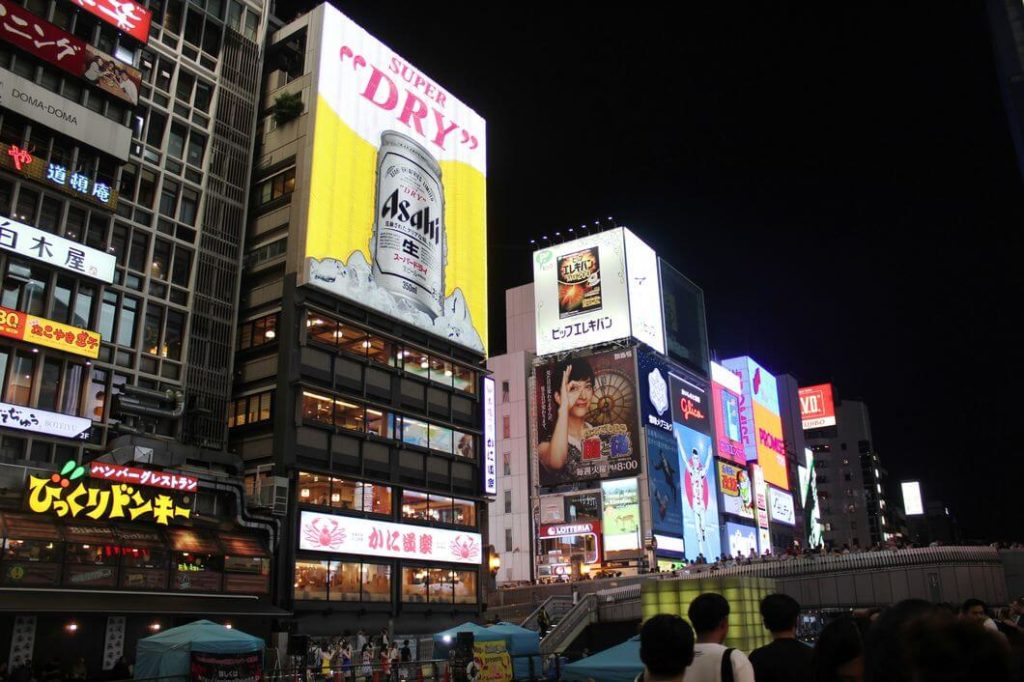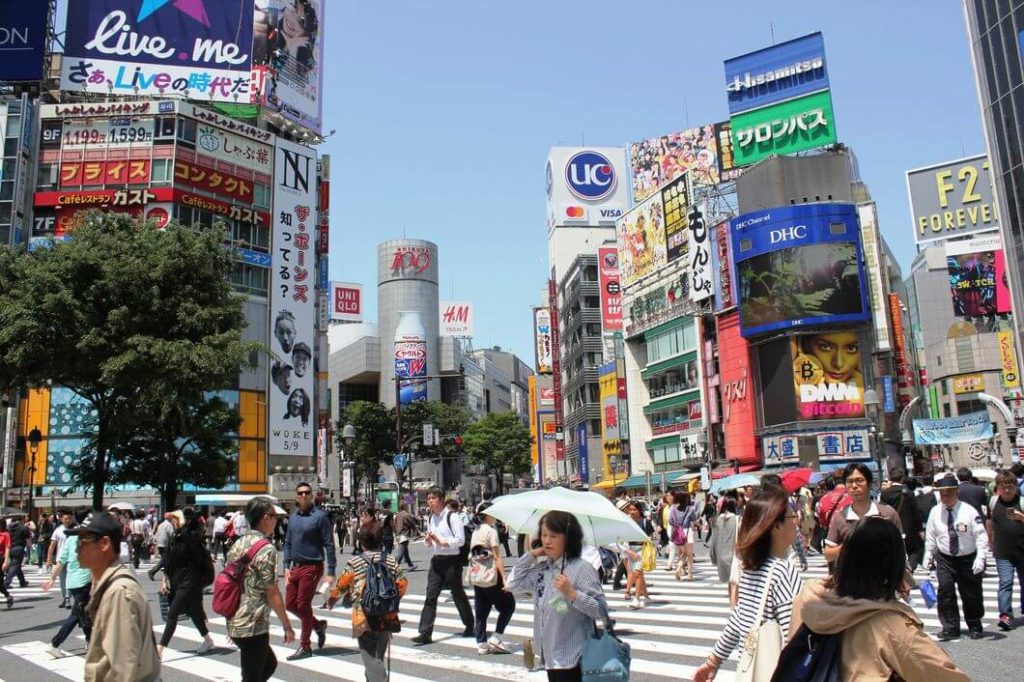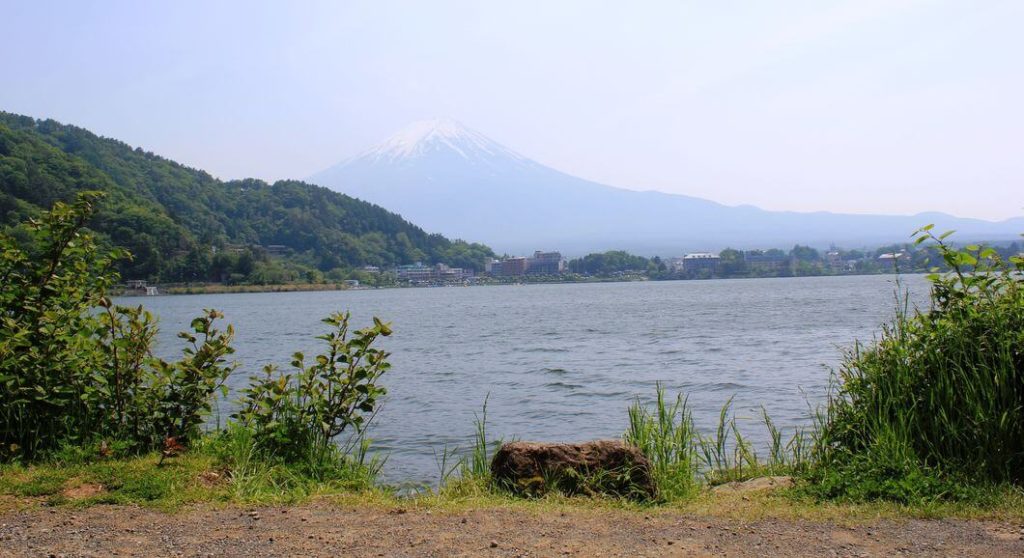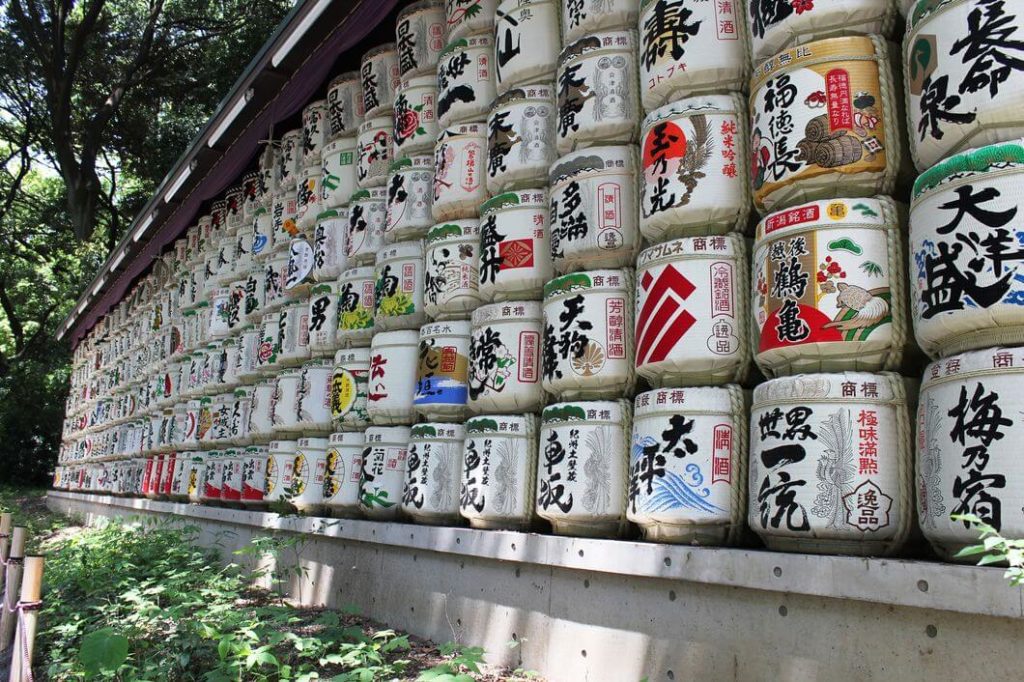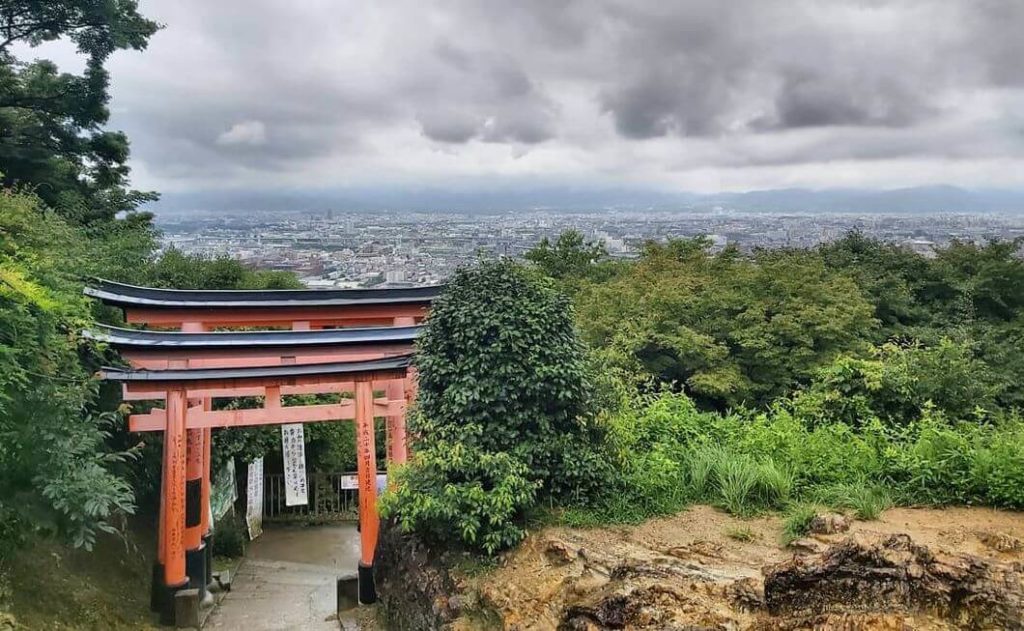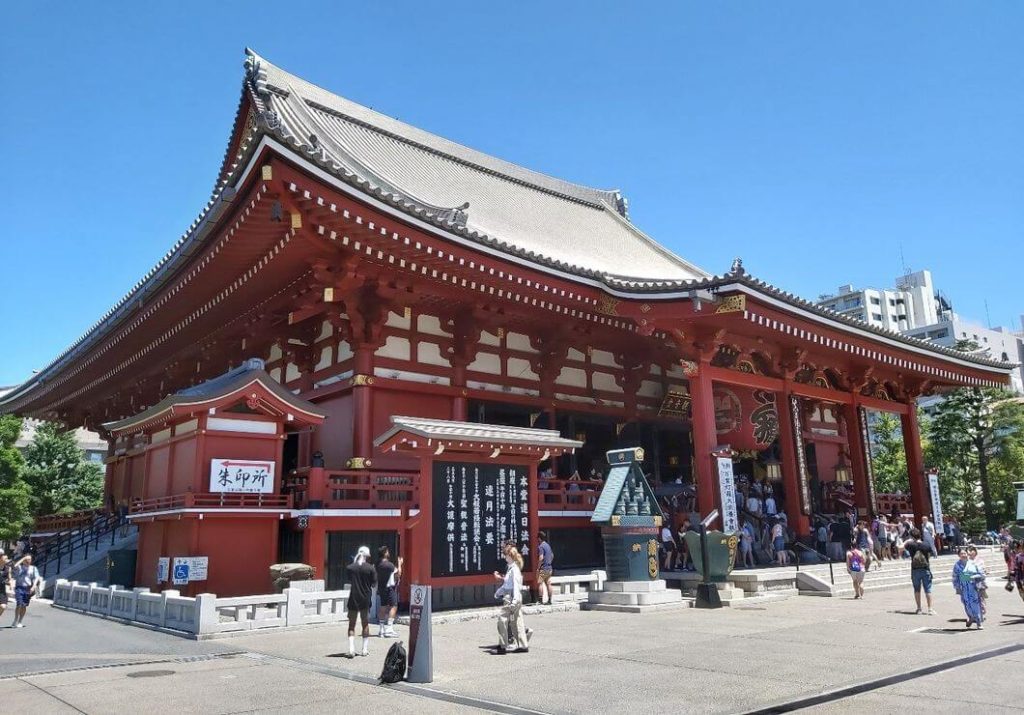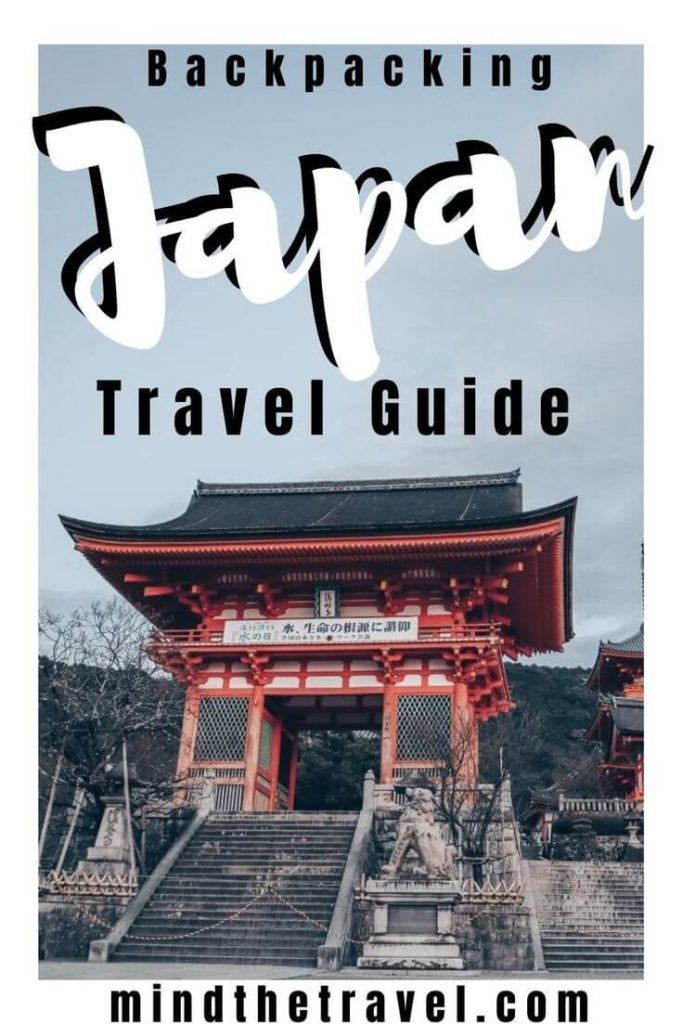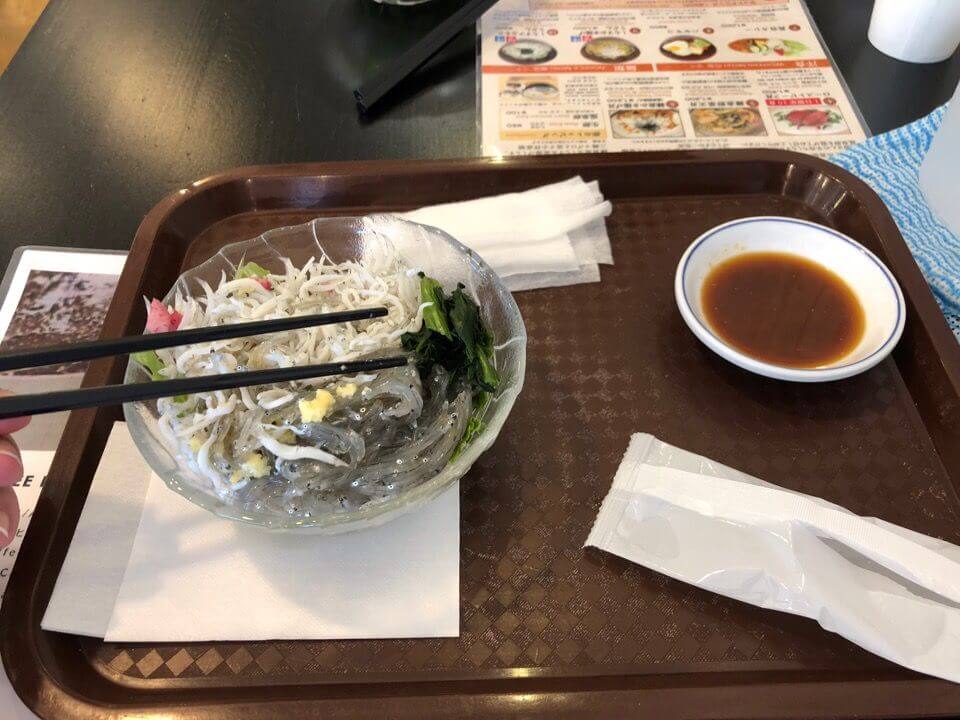Places to Visit in Japan
Get Lost In Tokyo
Visiting Tokyo is truly a thrilling experience. I was dreaming about going to Tokyo since I was a kid and fell in love with this city as soon as I got there. An amazing mix of traditional and modern life, Tokyo is filled with modern architecture, high-tech, sushi shops, and beautiful gardens. This city never sleeps, just take a look at Shibuya intersection during peak hours. With so many things to do in Tokyo, it’s better to explore Tokyo at a slower pace.
Enjoy Flowers in Hitachi Seaside Park
The park is mostly about the picturesque landscape, seasonal flowers and blue nemophila flowers that bloom here from April to May. Hitachi Seaside Park is the off-the-beaten-track place and usually overlooked in favor of the Three Great Gardens of Japan.
Located two hours away from Tokyo by train in the seaside town of Hitachinaka, the park has its main attraction – Miharashi Hill covered with different flowers, while the most popular are Baby Blue Eyes flowers. Take a spin on the Ferris wheel or spend some time in the Water Plaza, which is popular during the hot summer months.
Admire the Japanese Gardens in Kyoto
The former Imperial capital city has 17 UNESCO sites and is one of the most popular destinations in Japan for travelers from around the world. And for good reason. Kyoto is the embodiment of Japan’s soul. Centuries-old temples, ryokans, tranquil Zen gardens and teahouses. Seeing all these attractions may require a lot of time. But no matter what sites you’ll visit you can expect them maintained in the authentic tradition of the city.

Feed the Deer in Nara
The city of Nara deserves at least one day to spend here. Board the train from Osaka or Kyoto to reach Nara in less than one hour. Nara is home to some of Japan’s oldest shrines and temples, which are embraced by the Nara Park and fascinating Japanese architecture. Stroll the alleyways of the Nara Park to see grazing sika deer and feed them with crackers. If you find yourself here be sure to visit the Kasuga Taisha shrine, Todai-Ji, and Kofuku-Ji temples.
Stroll Through Arashiyama
When I was visiting Kyoto, Arashiyama Bamboo Forest was really high on my bucket list. Once you get into the surreal bamboo forest, it makes you feel like taking a step back in time. This peaceful place is one of the top destinations in Kyoto and it is usually packed with tourists on weekends. However, the further you go up towards the mountain, the fewer people stay on the path. The bamboo forest is easily accessible from the main street of Arashiyama, not far from Tenryu-Ji Temple entrance.
Enjoy a Bird’s Eye View of Yokohama
While Yokohama architecture may reminiscent of ultramodern Tokyo, the city hosts numerous temples and shrines with history, dating back hundreds of years. Rivaling Japan’s capital city, Yokohama has its own business district that is home to the headquarters of the most powerful MNCs.
Minato Mirai 21 futuristic looking area attracts travelers with an observation deck on top of Landmark Tower, parks dotted between skyscrapers and the large Ferris wheel. Don’t miss out on strolling through Chinatown, explore the Shinyokohama Ramen Museum and the Yokohama Port area.
Walk Through a Tunnel of Torii Gates
Fushimi Inari Taisha may seem to be an endless tunnel of torii gates leading up the sacred Mount Inari. As you start climbing up, the tunnel is packed with tourists but the further you go the more opportunities you get to take awesome photos without anyone else in the frame. For me, it was an unbeatable climbing experience so far. The tunnel looks surreal in spots where the gates have a high density that even the sunlight has a hard time getting through. The head shrine of Inari is reachable from JR Inari Station.
Visit Kawagoe
The town of Kawagoe is a wonderful destination for a day trip from Tokyo that still retains much of the charm of the Edo period. Situated half an hour away from Tokyo, Kawagoe has its main street lined with clay walled warehouse buildings that give some clear image of how the town looked like several centuries ago. Aside from architecture and culture, Kawagoe houses a number of traditional candy shops and restaurants serving eel dishes. If you go here for a weekend, be sure to see the Bell Tower situated close to Kurazukuri street and Kita-in Buddhist Temple.
Hike the Nakasendo Trail
The trail was very important during the Edo period. The route connected Kyoto and Tokyo, and these days a part of it was redeveloped. There are a few stretches that preserved their original form and allow to enjoy tranquil scenery of traditional Japan. The most popular section of the Nakasendo Trail lies in the Kiso Valley, between the towns of Tsumago and Magome. You’ll also notice warning bells along the path to scare off bears.
Hiking Nakasendo is like an antidote to the urban sprawl of Tokyo. You can expect to spend around 3-4 hours for this small section with picturesque forests, restored paving, monkeys and spectacular views of waterfalls along the way.
Explore Osaka
Going on an eating spree in Osaka is quite easy! Osaka is a food destination, which makes this city a paradise for foodies. While food culture in Osaka consists of primarily mainly fish and seafood, it also boasts some of Japan’s nicest grilled beef.
Visit Shinsekai or Kitashinchi districts to enjoy grilled octopus, shredded cabbage with squid or prawns, meat, and vegetables on the cheap. Apart from food, there is a number of interesting temples and sites. For example, Osaka Castle, Tennoji Park, Shitenno-Ji temple and Tempozan Ferris wheel.
Pay Tribute To Victims of Hiroshima
The city of Hiroshima will be associated with the nuclear bomb attack for a very long time, I think. While the city is completely safe to visit today, there is still a prejudice that high radiation levels can cause harm to visitors. That is not true. The city became livable 27 days after the explosion when the tropical storm washed the dangerous radioactive dust out of the air. Quite an underrated destination in Japan, Hiroshima is famous for its great restaurants, beautiful parks, and various museums.
Visit Okinawa
A cluster of Okinawa islands offers a chance to enjoy the earliest cherry blossom blooming in Japan. Because of its geographic location, Okinawa is among the country’s most popular getaway destinations.
Relax on beautiful sandy beaches, swim in perfect turquoise water and enjoy numerous water activities. With so many islands around here, you can choose your own island experience in Okinawa. Apart from beach activities, Okinawa boasts a rich culture and heritage. Strongly influenced by China, the island has to offer a bit different experience than mainland Japan.
Attend Fuji Shibazakura Festival
Japan’s spring season offers a chance to enjoy not only Sakura and tulip blooming but also shibazakura blooming (pink moss). Very impressive views of flower carpets with neat alleys among them are supplemented by magnificent Mount Fuji in the backdrop on clear days.
The venue is about three kilometers south of Lake Motosuko, in the Fuji Five Lakes district. Visit Shibazakura Festival in the morning if you want mind-blowing photos with perfect visibility.


